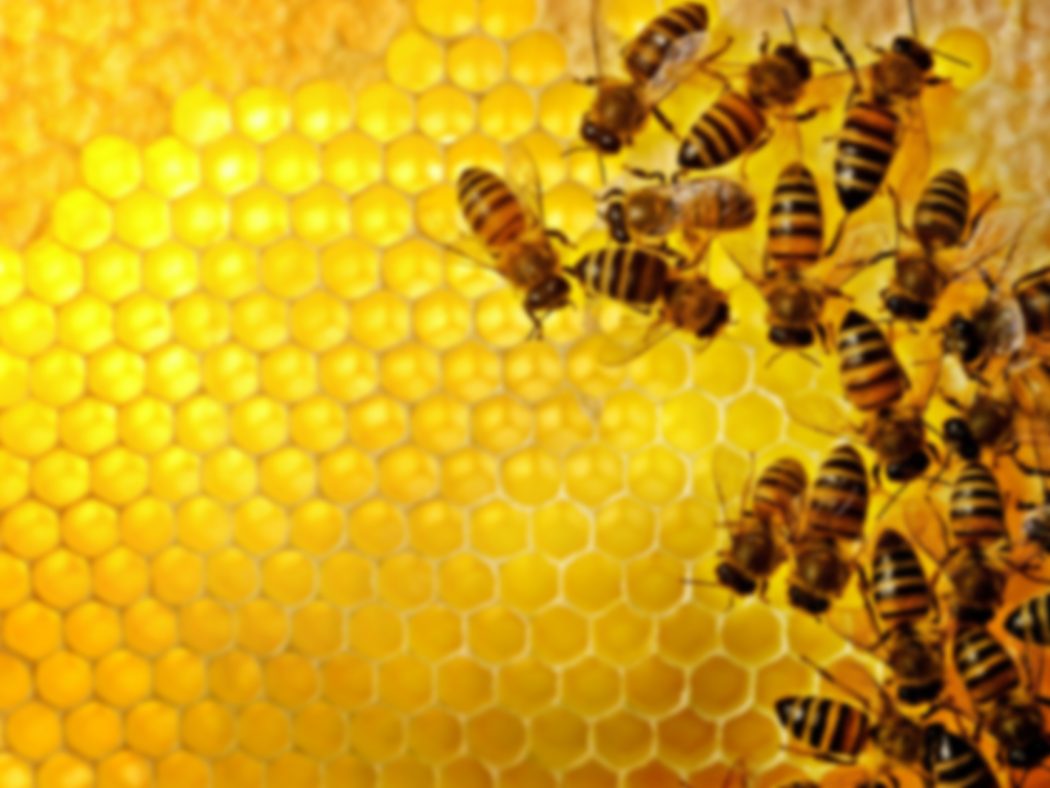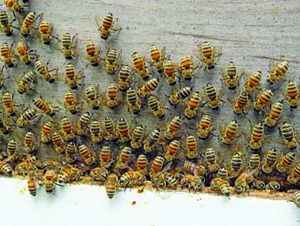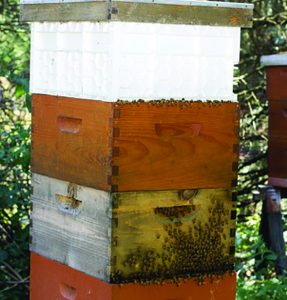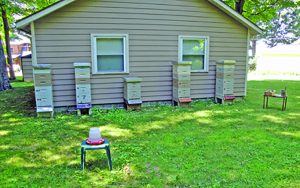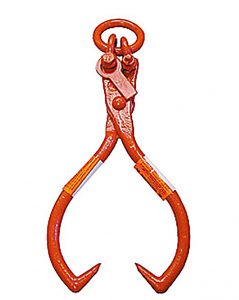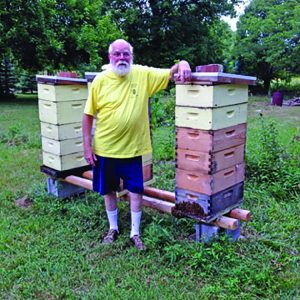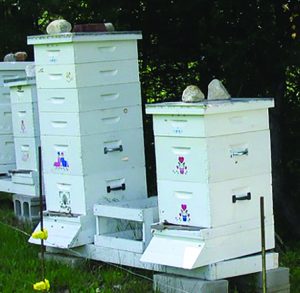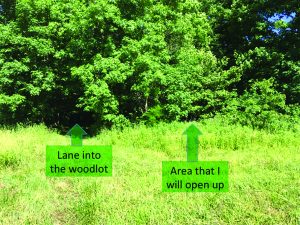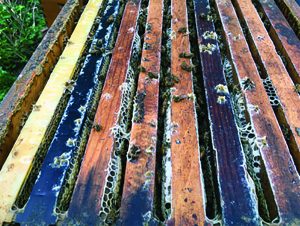By: James Tew
Washboarding Behavior
Beekeeping Wisdom From Senior Citizen Beekeepers.
For The Brand New Beekeepers – Finding, establishing and maintaining a beeyard.
Odds and Ends – What is whiting anyway?
Washboarding Behavior –Again and again
Well, it’s that time of the year and I suppose I should apologize. You may recall that I have written about this unexplained behavior in previous articles and several years ago, I posted a video on YouTube showing this behavior1. Yet, here I am again. Collecting yet more photos, videos, and written text. Every Summer, the mystery of this behavior tantalizes me. It is clearly performed in plain sight but the reason(s) remain unknown.
From a colony management standpoint, my bees are telling me something, but I simply cannot understand the message. So, I continue to make photos and wonder what’s happening. Then every season, I present this all to you – again.
For those who may not may not have yet seen this phenomenon, it generally is seen during warm months. Some colonies will show anywhere from a few bees to hundreds of bees “rocking” on the front of the hive in a rhythmic fashion, usually in distinct rows. Front legs and mouthparts are intensively used as though something is being spread on the hive surface or some abrasive procedure is in progress. However, to date, nothing has been found on the surface. For this article, I captured more video and, so much as possible, I used “close-up” photography to show you the activity of the bees’ legs and mouthparts. This new video is posted at:
Attributes of Washboarding Behavior2
Only during warm weather
Bees generally show the behavior during warm months, but the temperature range can fluctuate significantly during those months. There may be an increase in bees doing this procedure at higher temperatures (90°F+) compared to summer temperatures nearer 70°F, but it’s clear that there are many other variables that could affect or cause this observation.
Only near an exterior entrance
I don’t know of any instances where bees on the outside of the hive were obviously washboarding that were not near an entrance. The entrance commonly getting the most attention is the upper front entrance. However, back entrances or other openings used as entrances may also have a few washboarders.
Bees washboard on the hive inside
It is not uncommon to see bees washboarding on the inside of an observation hive– particularly on the glass. The view you get is from the bees’ bottom side so the action of the legs and mouthparts are clearly visible. When quietly opening a hive, others have also observed bees washboarding on the inside walls.
Mostly on an open area on the hive
This in strictly my observation, but it appears to me that the bees need an open area to washboard – a dance floor as it were. The surface can be rough like the exterior plywood siding or as smooth as glass, but I have yet to see the bees washboarding on divided or broken surfaces. In the photo provided, bees are washboarding on the wooden deep, but are completely ignoring the ribbed walls of the top plastic deep. As usual, there can be other reasons other than the ribbed plastic equipment, but this difference is stark.
Not all colonies get involved in the procedure
As I write, about 45% of my colonies are washboarding, and they are doing it to a greater or lesser extent. Some colonies are crazy for the behavior while others are lackluster. However, many colonies do not practice the behavior at all.
The washboarding work crew
It almost appears to be social outing. Rocking bees, with heads toward the ground, do their thing – whatever that is – while other bees amble around looking uninvolved. However, most are working. They roughly form themselves in horizontal rows or lines. While there may be the occasional arrival of a fresh volunteer, I am left with the impression that these rocking bees came from within the hive. I have not a single shred of evidence to support this observation other than there are few bees arriving and departing for the work area.
I suppose I should save something for next year
As I probably said last year, I do not know why they are doing this behavior. These bees are telling something about an issue within the colony or some aspect of the hive itself. I am clearly a slow learner. I simply do not know what they are saying to me.
Go to my YouTube page to have a look at the three (I think there are three that I have uploaded.) short videos I have posted on the subject of washboarding. Others before you have left interesting hypotheses in the comment section of one of mine. (Please pardon the hokey music I included in this early movie. I have stopped doing that.) Thanks to all who did leave comments. I produce these simple, short movies to simply give my articles more depth. Washboarding is a behavior that needs to be seen rather than described with text and still photographs. Have a look. Until next year at this time . . .
Senior Citizen Beekeeping (and for everyone else, too)
I knew you were out there – those who have made beekeeping modifications to suit your needs. Even now, I continue to get a slow, steady stream of procedures, ideas, suggestions, and some descriptions of personal ailments.
As I expected, the responses are all over the page, but many of them started with the traditional procedure of simply removing a single frame at the time. Of course, this is impractical for a beekeeper who is either younger or has help, but for those of us who still enjoy the craft and are not trying to push economic bounds, slow and steady is fine.
Wil M. from Alabama asked why I was lifting such heavy boxes at my age. In fact, he said I should “act my age.” Well, that is actually good advice for all of us. You should know that Wil is somewhat older than my 68 years; therefore, I feel that he qualified to offer us newly aged beekeepers some practical advice. With no end in sight, he and his close friend, “Hernia” are still lifting full supers.
Robert O. from New York has also been forced to reevaluate his bee life. He, too, has a hernia companion that has forced him to removed individual frames rather than full supers. Even so, his bees are in beautiful condition.
Jerry D. from South Carolina now moves single frames from mediums or even shallows that he now runs rather than the traditional 10-frame deep equipment that he once used. He blows my shoulder story out of the water. He has had three shoulder surgeries but he is still keeping bees.
Yvonne H. from Missouri has been keeping bees since 1976. As it does to all of us, weight issues related to beekeeping became a problem that she solved by converting to top bar hives. She reports that the heaviest hive part she now lifts is eight pounds.
Brenda E. from Wyoming and her husband began beekeeping using 10-frame equipment. As the two of them grew just a bit older, they converted to eight-frame equipment. When supers are full, her husband uses a converted a logging hook (timber tongs) to lift supers from colonies.
Brenda breaks the propolis seal and attaches the hook to the super handholds. The front loader on their Kubota tractor provides the lifting power.
Brenda’s story served to remind me that Bee Culture’s editors Kim and Kathy are partial to eight-frame hives. As I recall, his entire home apiary is eight-frame based. They have good reasons that I am sure he will present to us at some future time.
Carol C. from Maine is an experienced beekeeper who modified her deeps with improved handles. With this modification, she and her husband could move heavy boxes easier. However, it should be known that Carol is the original beekeeper in this operation. Since most traditional equipment is more suited for the average man, she said that she was forced to come up with “work-arounds.”
Though she has now changed her hive stand design, she wrote,
“The picture shows the configuration that I like to use for my stands. There is room for three hives, but I only place two on the stand with a space in the middle to work from. A friend made the “rack” for me, but I can also use an extra empty deep box placed between the hives. By putting the outer cover under the rack or deep I have a place to put frames as I remove them (reducing the weight if I have to remove a very heavy box). The height of the rack/deep is close enough to the height of the bottom brood box that I usually can move the top box over onto it without removing frames. The motion is to the side – at about the same height, no bending required – so much easier on the back and shoulders. Also there is no lifting up from ground level to replace the box.”
I noticed the electric fence around Carol C’s yard in the photo of some of her colonies. I suspect there are potential bear issues there. It made me think of a comment I got from Marshall S. from Alabama. Do you remember that last month or so, I asked why bee suits were still mostly
white? Marshall admonished us all not to make suits in brown. He speaks from experience when he says that the beekeeper looks too much like a bear. His bees noticed that, too.
I need to stop at this point. I still have some other senior citizen innovations, but I will hold them for next time. Silver-haired beekeepers–please keep sending me your techniques. “Think outside of the 10-frame box!”
For the Beginner – Finding, Establishing and Maintaining an Apiary
If I had to guess, in my bee life, I estimate that I have been involved in setting up or abandoning about 35-40 beeyards. Each of these yards had an individual personality and specific attributes. Yards come. Yards go. There are many reasons for this waxing and waning of hive locations.
Earlier in my bee life I had considerably more colonies that I either owned or for which I was responsible. Now that I am in the Senior Citizen group that I have been discussing earlier in this article, my 10-15 hives are about all I want. Here’s the thing – without anyone saying anything, I sense that I have too many colonies in my home yard. As I have written over and over again, I live near neighbors on two sides. I decided I needed an outyard where I could put some these and reduce the number in my home yard. I hope to begin a short series of articles as I develop this location and move hives to it.
While I do not wish to get into beeyard attributes at this time, I want a location that is (1) a bit isolated, (2) accessible year-round, (3) no gates or restricted access or farm animals around my hives, and (4) a comfortable arrangement with the land owner. A friend of one of my daughters has such a place. So I came to an agreement with him.
New beekeepers, know this – most yards are not perfect. This one has some shortages. The location is farther away that I would like. The terrain, an unimproved pasture that was once cultivated, is rough and bouncy. It faces westward. There is no obvious water source and not many obvious nectar sources.
So why move there? Simple answer – because it is available at this moment. I have no guarantee that I could readily find a location any better. If it works out badly, I will move; hence, the perpetual task of setting up and abandoning beeyards.
My first objective is to open a space in the wood line, level it as much as possible, and devise a driveway from the lane to the site. These early stages have little to do with bees but a lot to do with physical labor.
Honestly, I am telling you all of this to shame me into doing the job. As usual, I will be working without help – but that’s normally how it is. Any advice before I begin?
Odds and Ends – What is Whiting anyway?
I recently opened one of my colonies and on the top super was an obvious white line on all edges of the frames and burr combs. As bees build combs in new equipment or as they refurbish established combs, the wax flakes that are on their ventral surface will drag along the edges of the frames and comb edges.
It leaves an obvious trail and clearly tells the beekeeper that a nectar flow is underway and that the bees are actively producing new wax. This is a pleasant time of the season. The bees are busy and are gentle. There are good odors in the air. In general, bee life is good at that time.
Thanks to all
As usual, thanks to all who read and respond to these articles. Also, thanks to all who have reviewed my short vignette movies on YouTube. I had more I wanted to talk with you about, but my allotted space is now filled. Until next month.
1Washboarding Behavior in Honey Bees
https://www.youtube.com/watch?v=sxjc4tSKJFs
2My comments are from my own observation, from reading the science, and opinions of others; therefore, future advances may show the attributes I have presented to be incorrect.
Dr. James E. Tew, State Specialist, Beekeeping, The Alabama Cooperative Extension System, Auburn University; Emeritus Faculty, The Ohio State University. Tewbee2@gmail.com; http://www.onetew.com; One Tew Bee RSS Feed (https://www.onetew.com/feed/); http://www.facebook.com/tewbee2; @onetewbee Youtube: https://www.youtube.com/user/onetewbee/videos






